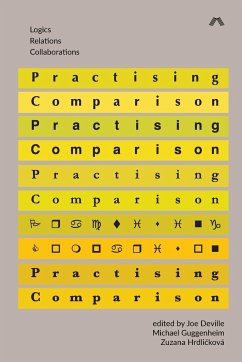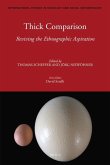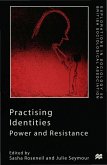This book compares things, objects, concepts, and ideas. It is also about the practical acts of doing comparison. Comparison is not something that exists in the world, but a particular kind of activity. Agents of various kinds compare by placing things next to one another, by using software programs and other tools, and by simply looking in certain ways. Comparing like this is an everyday practice. But in the social sciences, comparing often becomes more burdensome, more complex, and more questions are asked of it. How, then, do social scientists compare? What role do funders, their tools, and databases play in social scientific comparisons? Which sorts of objects do they choose to compare and how do they decide which comparisons are meaningful? Doing comparison in the social sciences, it emerges, is a practice weighed down by a history in which comparison was seen as problematic. As it plays out in the present, this history encounters a range of other agents also involved in doing comparison who may challenge the comparisons of social scientists themselves. This book introduces these questions through a varied range of reports, auto-ethnographies, and theoretical interventions that compare and analyse these different and often intersecting comparisons. Its goal is to begin a move away from the critique of comparison and towards a better comparative practice, guided not by abstract principles, but a deeper understanding of the challenges of practising comparison.
Hinweis: Dieser Artikel kann nur an eine deutsche Lieferadresse ausgeliefert werden.
Hinweis: Dieser Artikel kann nur an eine deutsche Lieferadresse ausgeliefert werden.








